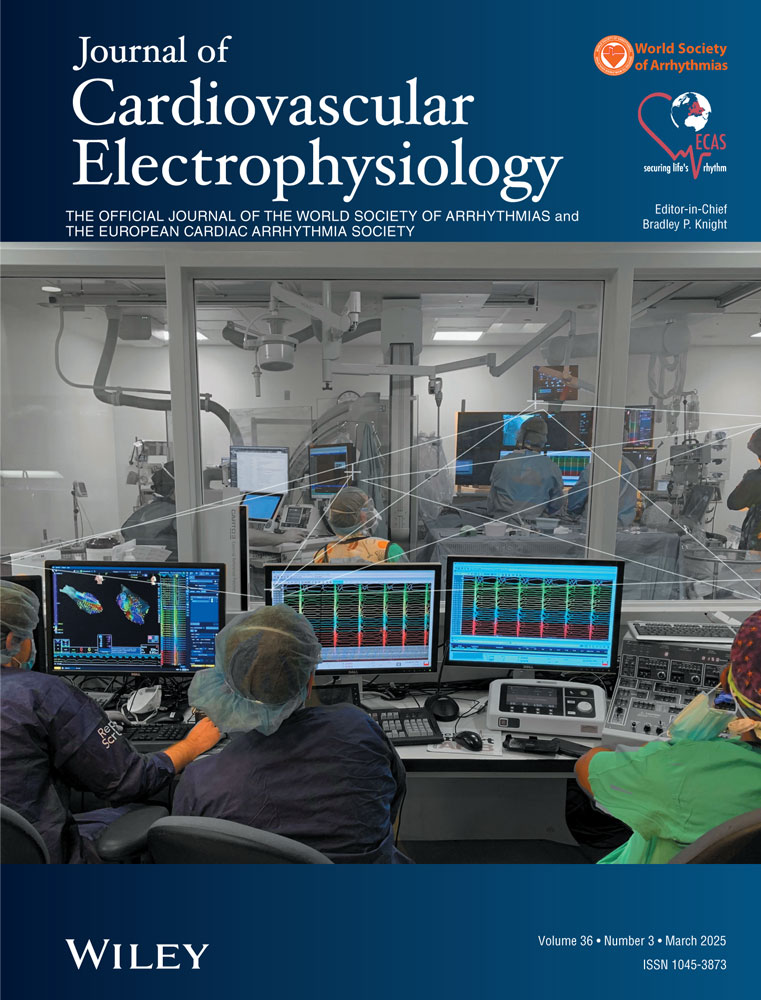YouTube Videos of Pacemaker Implantation: An Assessment of Information Content and Quality
Pok-Tin Tang and C. Fielder Camm contributed equally to this study.
ABSTRACT
Background
Permanent pacemaker (PPM) implantation is a commonly performed procedure. Patients increasingly use the Internet for information on medical interventions. We aimed to assess the quality of videos discussing PPM implantation on YouTube for patient consumption.
Methods
YouTube was searched on October 19, 2022, for “PPM implantation” and “Pacemaker.” The first 100 results from each search were screened: all English language videos containing predominant discussion of transvenous PPMs were included; YouTube shorts and advertisements were excluded. Two authors independently assessed videos for information content based on criteria generated using established patient resources supplemented by expert consensus. Video reliability and quality were assessed using a novel scoring system.
Results
Thirty-three videos with a cumulative total of 5 864 488 views were included. No video contained all essential information criteria. The average number of essential criteria covered was 8/32 (standard deviation 4.8). Peri-operative management was, particularly, poorly covered: no item relating to preoperative management or postoperative care was covered by more than 40% of videos. None of the videos fulfilled all quality criteria, with a median score of 7.5/13 (interquartile range 6.5–8). Videos performed, particularly, poorly on providing balanced messages, creator disclosures, attribution of source content, and indicating when videos were made.
Conclusion
YouTube videos of PPM implantation do not contain sufficient information to allow patients to gain an appropriate understanding of this procedure. Furthermore, the information presented is of insufficient quality to support decision-making. There is a need for a professionally regulated, comprehensive audiovisual patient resource on PPM implantation.
Conflicts of Interest
The authors declare no conflicts of interest.
Open Research
Data Availability Statement
The data that support the findings of this study are available from the corresponding author upon reasonable request.




